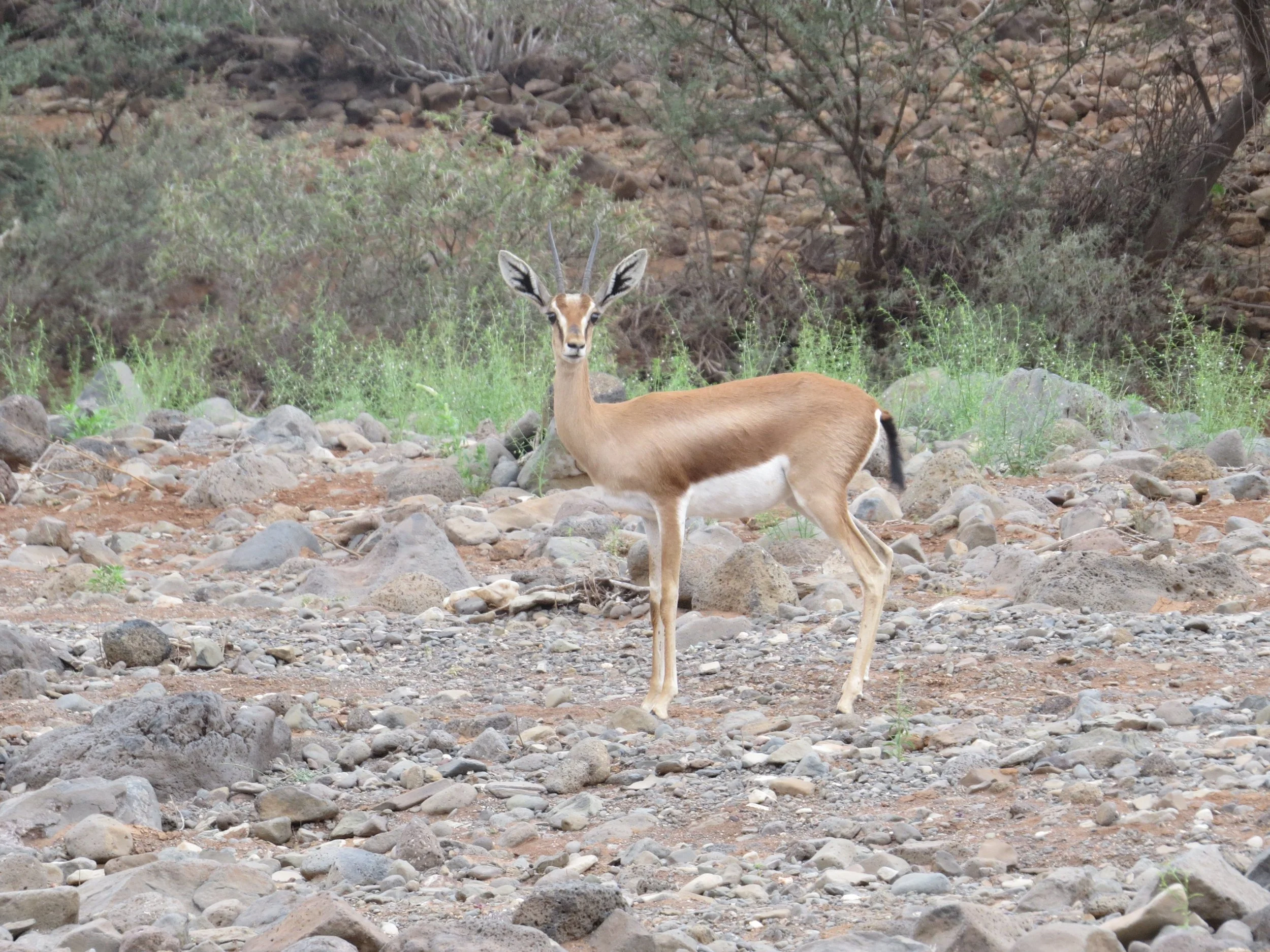Ethiopia
A land of contrast, a mosaic of traditions and cultures, diverse landscapes and habitats, and numerous rare and endemic species.
With a population exceeding 100 million people, Ethiopia is the second most populous country in Africa. The country features an array of ethnic cultures that cling to ancient traditions associated with Orthodox Christian and Islamic religions, traditional African tribalism, and nomadic pastoralism hosting more than 80 indigenous languages. Ethiopia's topography is as diverse as its people; the Danakil Desert lies 120 meters below sea level while the northern and southern highlands rise to over 4,000 meters. Although widely known for recurring drought and famine, Ethiopia is a vital source of freshwater for many East African countries and is one of the most agriculturally productive countries on the continent. The Ethiopian highlands facilitate orographic rains that provide 90% of the water to the Nile River and support several major watersheds that deliver water to Somalia, Kenya and Sudan. Ethiopia also hosts a diverse compilation of ecosystems, including deserts, semi-arid bushlands, rainforests, savannas, tropical montane forests, heathlands, and the continent's largest expanse of Afro-alpine. As a result, the country is rich with specialized flora and fauna with an exceptionally high incidence of endemism. More than 1,400 plant species are believed to be endemic to Ethiopia representing 10 to 20% of the flora, and, of the 227 mammal species, at least 31 are endemic. There are more than 800 species of birds; at least 16 are endemic.
SOMALILAND
Located in the northern Horn of Africa along the Gulf of Aden, Somaliland is a self-governing region that has maintained relative peace and stability since declaring independence from Somalia in 1991. Its people are predominantly Somali, with a strong pastoralist heritage rooted in nomadic livestock herding and Islamic cultural traditions. Somaliland’s terrain is defined by a narrow coastal plain, an inland plateau, and the dramatic Golis Mountains, which rise sharply to elevations exceeding 2,000 meters and create sharp climatic and ecological gradients.
Somaliland harbors a surprisingly rich mosaic of ecosystems, including coastal mangroves, arid scrublands, acacia woodlands, and montane forests. The Golis Mountains are recognized as a center of endemism, hosting unique plant species and providing refuge for wildlife in an otherwise arid landscape. The region lies within the Horn of Africa biodiversity hotspot, one of the most biologically significant yet under-protected regions in the world. Numerous migratory bird species rely on Somaliland’s wetlands and coastal areas during their seasonal journeys, while its inland habitats support antelope, hyrax, reptiles, and a diversity of smaller mammals adapted to arid environments. Despite significant environmental pressures, including deforestation, overgrazing, wildlife trafficking and climate variability, Somaliland remains a vital area for community-based conservation and ecological restoration efforts.
Djibouti
Situated where the Red Sea and the Gulf of Aden meet, Djibouti occupies a strategically important position in the Horn of Africa. Despite its small size, the country encompasses a striking range of landscapes—from arid coastal plains and salt flats to volcanic plateaus and rugged mountains. One of the most distinctive geographic features is Lake Assal, Africa’s lowest point at 155 meters below sea level, encircled by lava fields and crystalline salt deposits. Djibouti’s predominantly Afar and Issa Somali populations maintain strong cultural traditions centered on pastoralism and trade, reflecting centuries of exchange along ancient caravan and maritime routes.
Ecologically, Djibouti lies at the intersection of the Afrotropical and Palearctic biogeographic realms, resulting in a mix of desert, semi-desert, coastal mangroves, and dry evergreen shrublands. While its overall biodiversity is less extensive than in larger neighboring countries, Djibouti provides critical habitat for migratory birds, including large numbers of waterfowl that rely on the country’s wetlands during seasonal migrations along the East African flyway. Marine ecosystems in the Gulf of Tadjoura support coral reefs, whale sharks, and a variety of pelagic fish species, underscoring Djibouti’s importance for both terrestrial and marine conservation.





